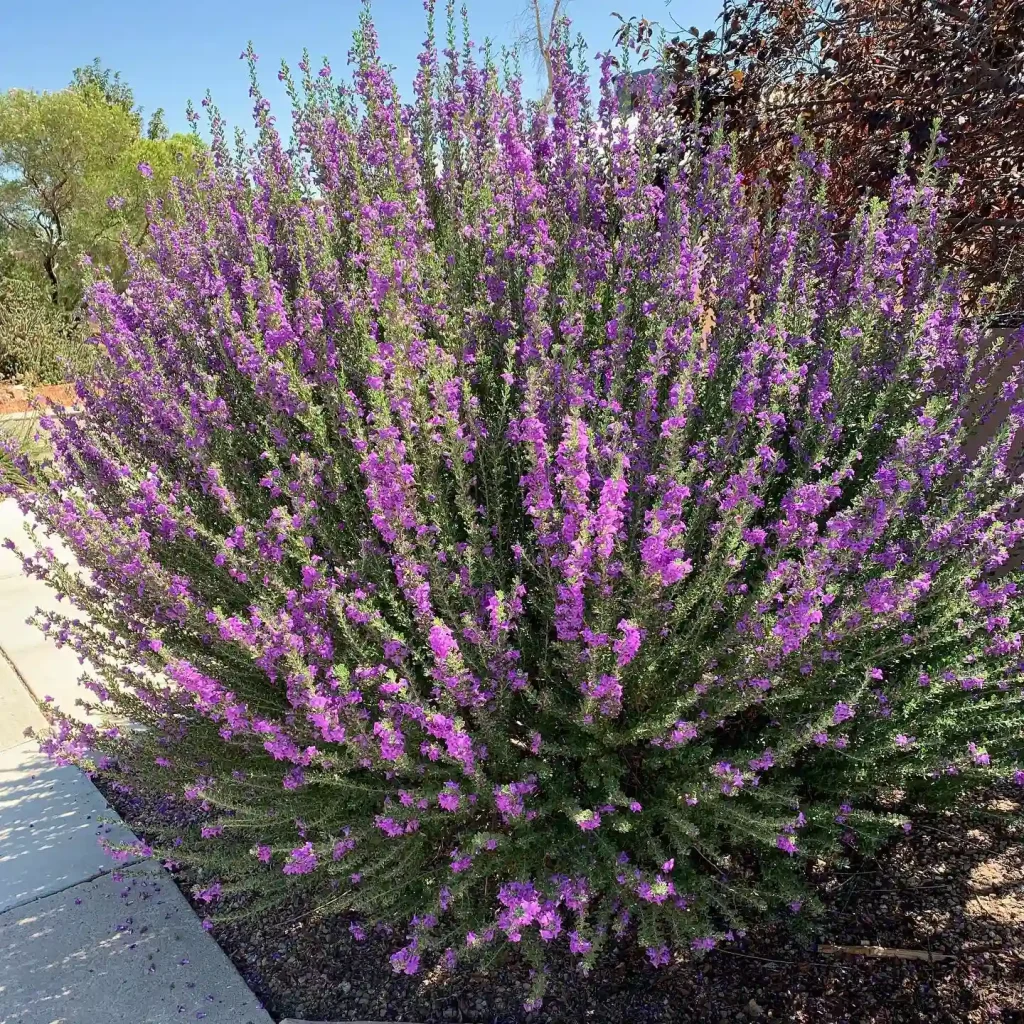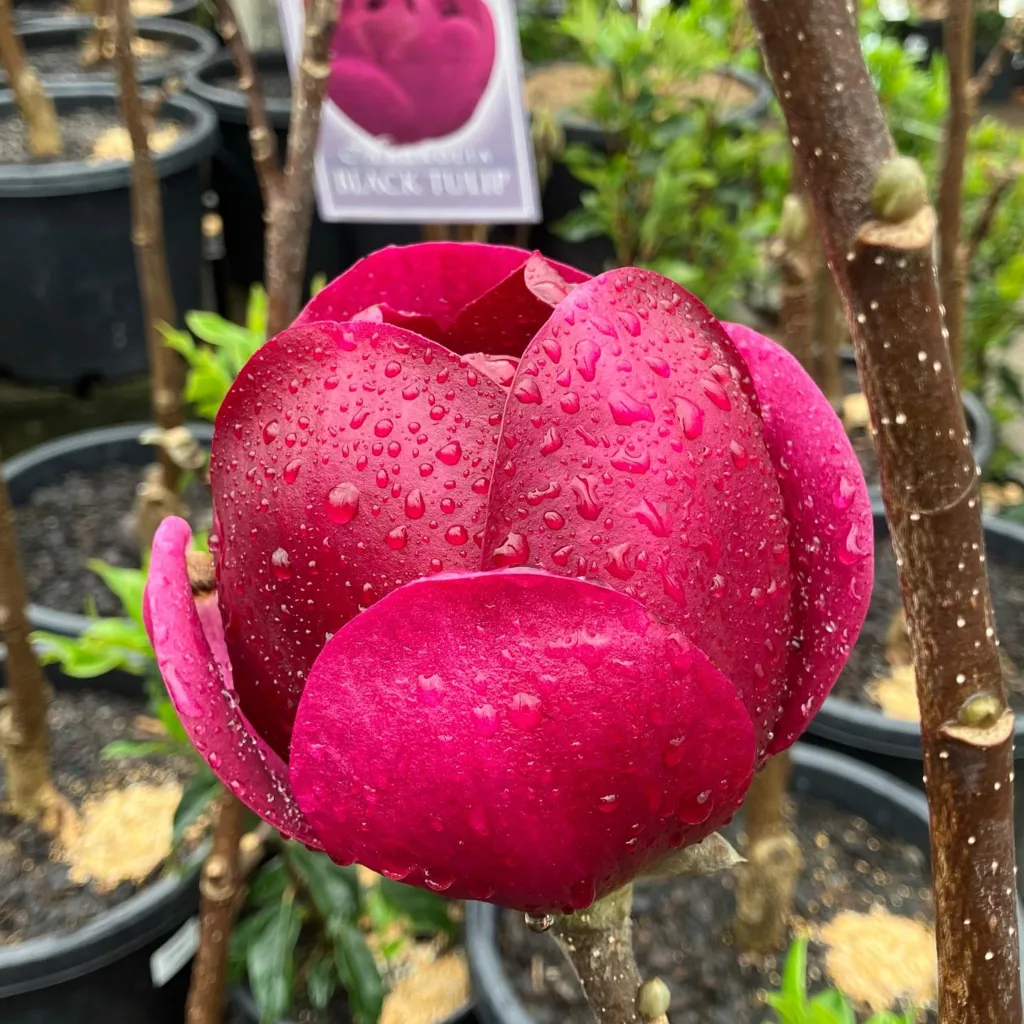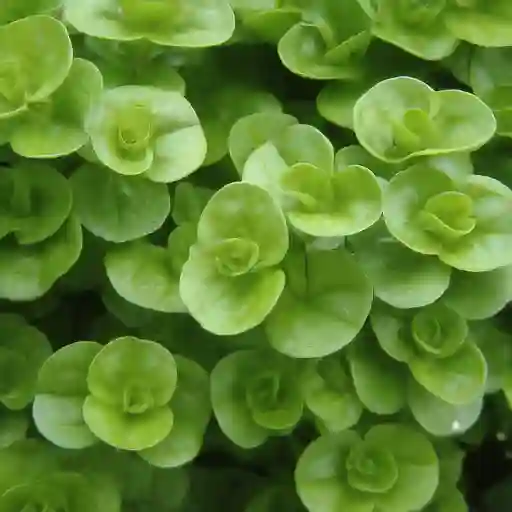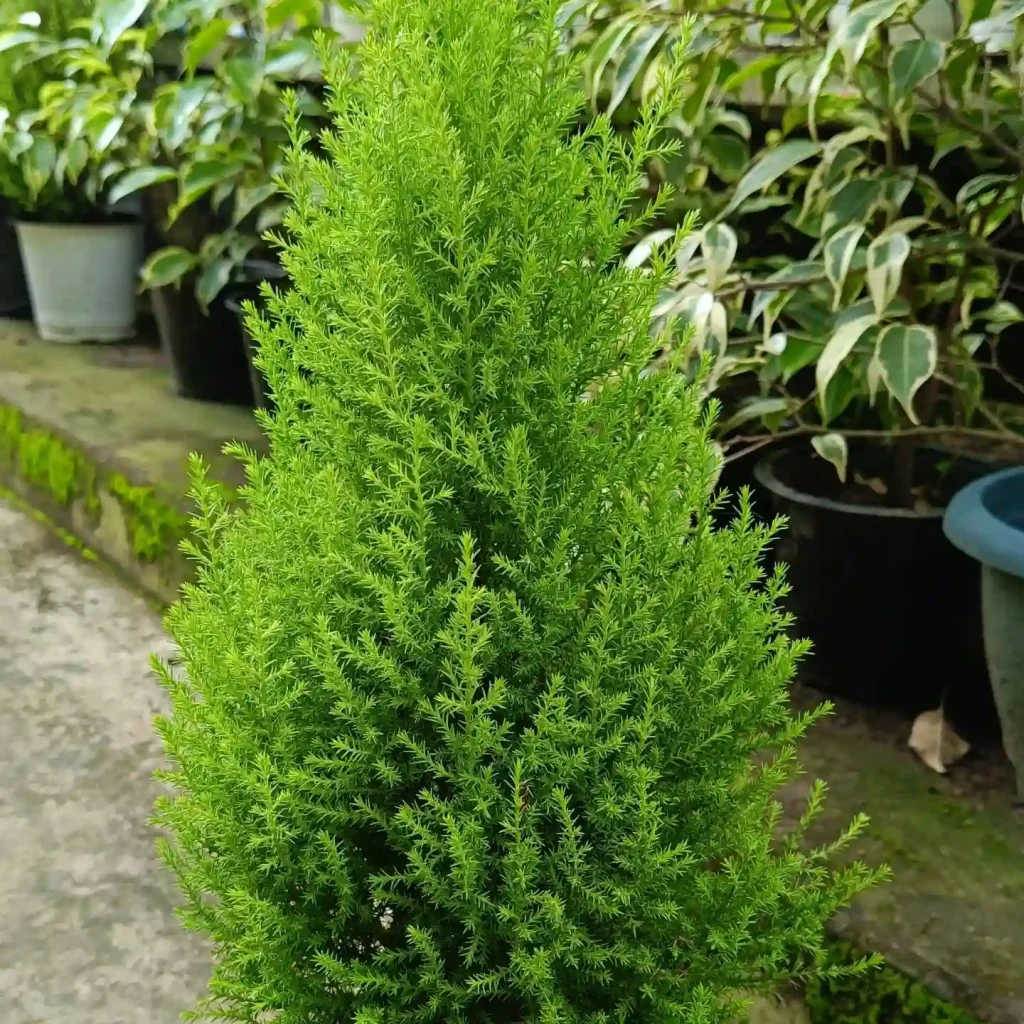My Fascination with Circaeasteraceae
Hello, fellow plant enthusiasts! Ferb Vu here, and today, I want to share my fascination with a rather obscure but incredibly intriguing plant family: Circaeasteraceae. As a botanist, I’m always on the lookout for unique and interesting plant groups, and Circaeasteraceae certainly fits the bill. It’s a small family with a limited distribution, but it holds a special place in my heart due to its evolutionary significance and unique morphological characteristics. Let’s delve into the world of Circaeasteraceae and explore what makes it so special.
A Small Family with a Big Impact
Circaeasteraceae is a small family consisting of only two genera: Circaeaster and Kingdonia. These two genera are quite distinct from each other, yet they share some fundamental characteristics that place them together in this unique family. Both Circaeaster and Kingdonia are herbaceous perennials with simple leaves and small, inconspicuous flowers. They are typically found in high-altitude regions of the Himalayas and China, often growing in rocky or alpine habitats. Despite their limited distribution and small size, Circaeasteraceae plants play a vital role in their respective ecosystems, providing food and shelter for various insects and small animals.
Morphological Marvels
One of the most captivating aspects of Circaeasteraceae is its unique morphology. The leaves of Circaeaster are arranged in a whorl at the top of the stem, giving the plant a distinctive umbrella-like appearance. The flowers are small and greenish, lacking petals but possessing numerous stamens. In contrast, Kingdonia has solitary leaves with palmate venation and solitary flowers with a single petal-like structure. These morphological variations between Circaeaster and Kingdonia are a testament to the evolutionary diversity within this small family.
Evolutionary Enigma
Circaeasteraceae’s evolutionary history is shrouded in mystery. The family’s phylogenetic placement has been a subject of debate among botanists for many years. Some studies suggest a close relationship with Ranunculaceae (the buttercup family), while others propose a link to Saxifragaceae (the saxifrage family). Recent molecular phylogenetic analyses have provided more clarity, placing Circaeasteraceae in the order Saxifragales, along with other families such as Crassulaceae (the stonecrop family) and Grossulariaceae (the gooseberry family). However, the exact evolutionary relationships within Saxifragales remain unresolved, and further research is needed to fully understand the evolutionary history of Circaeasteraceae.
Conservation Concerns
Due to their limited distribution and specific habitat requirements, Circaeasteraceae plants are vulnerable to habitat loss and degradation. Climate change, overgrazing, and human disturbance pose significant threats to these unique plants. Conservation efforts are crucial to protect Circaeasteraceae and ensure their continued survival. In-situ conservation measures, such as the establishment of protected areas and habitat restoration, are essential. Additionally, ex-situ conservation efforts, such as seed banking and cultivation in botanical gardens, can help safeguard these plants for future generations.
A Call to Action
As a botanist and plant enthusiast, I urge everyone to appreciate the beauty and importance of Circaeasteraceae. These unique plants are not only fascinating from a scientific perspective but also play a vital role in their respective ecosystems. By raising awareness about Circaeasteraceae and supporting conservation efforts, we can help protect these plants and ensure their continued survival for future generations to admire and study.
In conclusion, Circaeasteraceae is a small but significant plant family that deserves our attention and admiration. Its unique morphology, evolutionary enigma, and conservation concerns make it a captivating subject for botanists and plant enthusiasts alike. I hope this article has sparked your interest in Circaeasteraceae and inspired you to learn more about these fascinating plants. Remember, even the smallest and most obscure plant families can hold immense beauty and scientific value. So let’s continue to explore the wonderful world of plants and appreciate the diversity and complexity of life on Earth.
If i die, water my plants!



